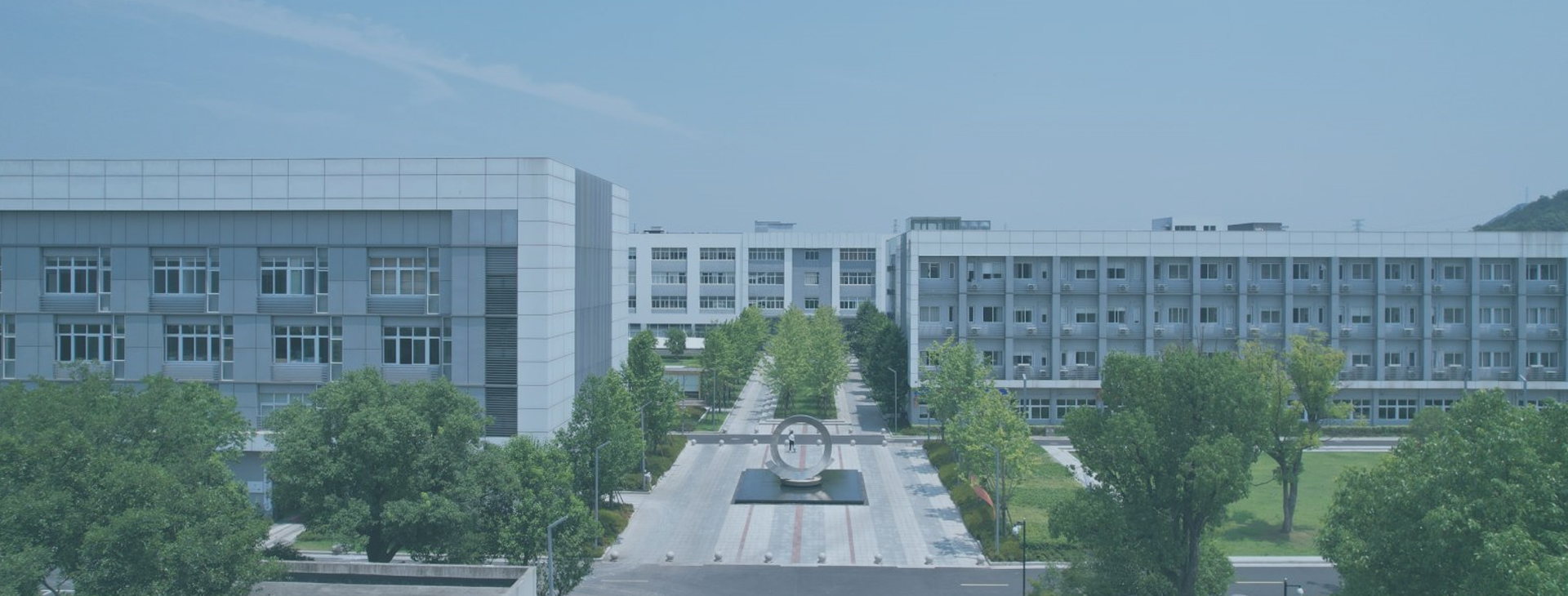What are the common types of ceramic substrates
At present, the commonly used substrate materials in the electronics industry are divided into ceramic substrates, resin substrates, and metal substrates. Among them, ceramic substrates have attracted much attention due to their excellent insulation performance, chemical stability, high thermal conductivity, thermal cycling stability, and thermal expansion coefficient close to silicon.
1. Beryllium oxide ceramic substrate
Beryllium oxide ceramic substrate is a ceramic substrate mainly composed of BeO. It has high thermal conductivity, almost equivalent to that of copper and pure aluminum with a λ of 200-250w/m-k, and has good thermal shock resistance. Its dielectric constant is 6 to 7 (0.1 MHz). The dielectric loss angle tangent of approximately 4 × 10-4 (0.1GHz) can be used for high-performance, high-frequency, and high-power electronic devices. Some studies have shown that doping 0.1% (by mass) Tb4O7 can improve the thermal conductivity of BeO ceramics, while doping CeO2 and Nd2O3 can increase the density of BeO ceramics.
2. Alumina ceramic substrate
The alumina ceramic matrix is composed of Al2O3 powder. At present, ceramic substrates mainly use 95 ceramic and 99 ceramic. Al2O3 ceramics have low dielectric loss, high mechanical strength, and good chemical stability, but their thermal conductivity is only about 25-30W/m-K. A very mature processing technology and process have been formed in the ceramic substrate industry. In addition, the thermal expansion coefficient of Al2O3 is significantly different from that of semiconductor chip materials such as Si and SiC, which can easily accumulate internal stress during cold and hot cycling, increasing the probability of chip failure. Due to the above factors, Al2O3 substrates are difficult to adapt to the development trend of high-power semiconductor devices.
Aluminum oxide substrate has extremely high cost-effectiveness and still maintains an important position in some application fields with low requirements. At present, it is mainly used in medium and low power fields, such as general power electronics, concentrated solar energy, Peltier elements (thermoelectric semiconductor refrigeration devices), and semiconductor modules for automotive applications.
3. Aluminum nitride ceramic substrate
Aluminum nitride ceramic substrate is a ceramic with AlN as the main crystal phase. The thermal conductivity of AlN ceramics is 150-230W/m-k, which is more than 8 times that of Al2O3 ceramics. In addition, the thermal expansion coefficient of AlN is (3.8~4.4) × 10-6/℃, which is very compatible with the thermal expansion coefficients of semiconductor chip materials such as Si, SiC, and GaAs. There are many companies in Japan that develop and produce AlN ceramic substrates, such as Jingtao, Nippon Specialty Ceramics, Sumitomo Metal Industries, Fujitsu, Toshiba, and Nippon Electric. AlN powder is the core raw material for preparing AlN ceramics, with complex preparation processes, high energy consumption, long cycles, and high prices.

